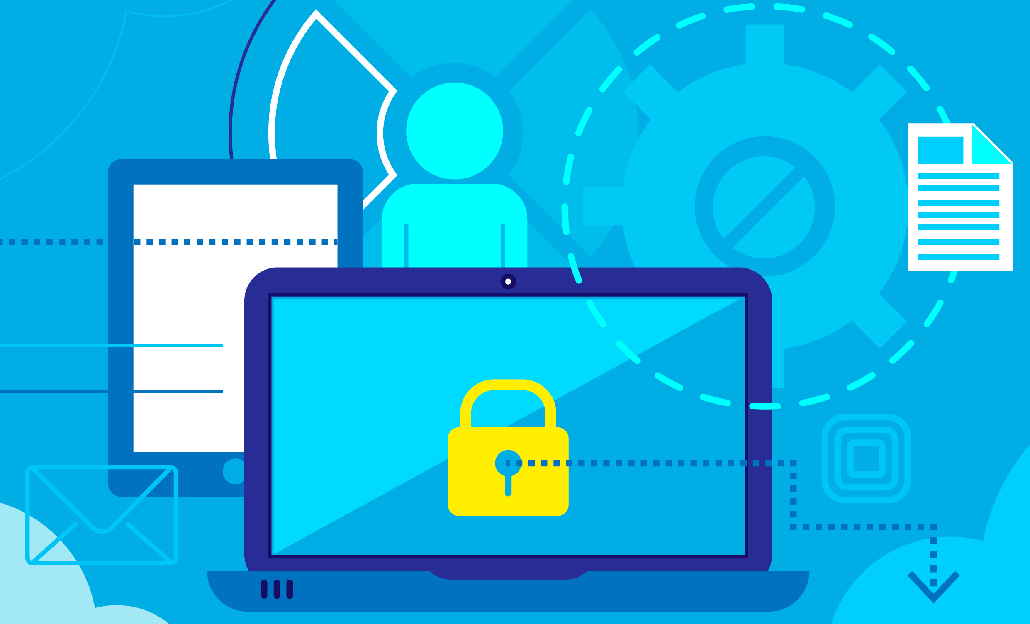Blog / News
- HOME
- About
- Blog / News
Pleased to Meet You: Hope You Learn About OpenFrame
Hear from our head of business development on what to expect when engaging with TmaxSoft for the first time. Learn about what happens during initial OpenFrame meetings and what TmaxSoft will provide. This is a great blog to read for anyone considering to reach out to us about OpenFrame.

by Dan Penney
There’s a line in the Rolling Stones song I’ve borrowed for this blog’s title that goes, “I’m in need of some restraint.” This applies to all those companies who are running core business systems and applications on mainframes. Their mainframe costs and MIPS are in need of some restraint. They’re aware they’re living on borrowed time; however, they are less aware of all the options that can help.
They are most likely to believe that anything beyond fixing and patching will not only be a tremendous effort of reengineering and rearchitecting that will take two years or longer but will also be cost prohibitive. It’s possible your own organization holds that view. And that view can hold business back. That’s why initial meetings with TmaxSoft can be eye-openers. Let’s take a look at what happens in those meetings.
Please Allow Us to Introduce Ourselves
Getting to know TmaxSoft and OpenFrame starts with an online introduction call. This is likely to be a 30-minute call, although some can go as long as 60 minutes. These calls are intimate, held in groups of 1-3, and a TmaxSoft technical resource can attend by request.
The meeting usually starts with a high-level presentation that shows how, with OpenFrame, it’s possible to move legacy mainframe applications from an IBM z/OS environment to an open systems Linux or UNIX environment. How? By enabling you to:
Take the legacy source code and simply recompile the programs in a new OpenFrame environment without changes to the business logic.
Migrate the mainframe data into a new, more modern database environment.
Reuse existing security profiles, online and batch configurations and definitions, and data set system management profiles.
After the presentation, we ask those attending to give us the basic information about their environment, such as total MIPS or project MIPS, programming languages, databases and so on. The rest of the call is then Q&A to ensure they have a basic understanding of what OpenFrame does and how it can be used in their environment.
If they’re agreeable, we schedule another call. This is a much deeper dive. For that call, we ask them to bring more detailed information about their MIPS, either total or for specific apps, greater details about the programming languages they use, hardware and software renewal dates, and either their target platform or the platforms under consideration.
But What’s Puzzling You? Is it the Nature of OpenFrame?
The second call in the process of getting to know each other is more likely to be 60 minutes long. The goal is to have more key stakeholders attend and to get more technical. For that reason, a TmaxSoft technical expert will be part of the call.
In this call, it’s possible that some of the stakeholders are puzzled about what OpenFrame does and how it can help them. So we have another presentation that gets more specific about the technology behind OpenFrame and the options they can choose.
Through this presentation and some technical Q&A with our architect, we explain the consistent technology stack that replaces the z/OS environment. We also show how the end user experience remains the same with a consistent user interface to maintain the look and feel of legacy applications. Other topics include:
How OpenFrame can run on standard hardware, on-premises and in the cloud.
How they can use their current 3270 emulator software or the OpenFrame provided 3270 emulation for added savings.
The OpenFrame replacement environments for batch, online and security systems, as well as its replacements for most existing mainframe tools and utilities.
How they can choose to migrate mainframe databases and datasets to the TmaxSoft Tibero database management system or other open source or proprietary database options.
Before the call is over, the stakeholders will get an ROI quote (80% accurate) after completing a questionnaire. After that, it’s time for next steps. What we hope for is an onsite workshop, proof-of-concept, and assessment, which is when we can really demonstrate why rehosting with OpenFrame is a great fit for the organization.
Use OpenFrame to Give Your Mainframe a Well-Earned Rest
Your mainframe applications and systems have been serving your business well. But times and customers are changing, so it’s natural for a mainframe that’s been around “for a long, long year,” to struggle to keep up. Rehosting your mainframe with OpenFrame can breathe new life into your mainframe, systems, and data without breaking the bank or losing valuable time.
OpenFrame has a 100% project success rate for a number of reasons, including the low risk nature of the migrations, solid proven software with a large number of references, and a sizable development staff that is extremely responsive to change. Our projects are consistent with little or no change to business logic or end-user experience. And they’re fast (especially compared to other modernization alternatives), with most OpenFrame projects or phases being completed in 6 to 12 months.
So, why not consider reaching out and setting up an introduction call with us?
About Dan Penney
Dan Penney is head of Business Development at TmaxSoft and has spent over 7 years selling software and SaaS. Dan joined TmaxSoft in 2015 from Fleetmatics where he was a senior-level Sales Development Representative. Dan has a bachelor of science in Renewable Energy Technologies from the Illinois State University.